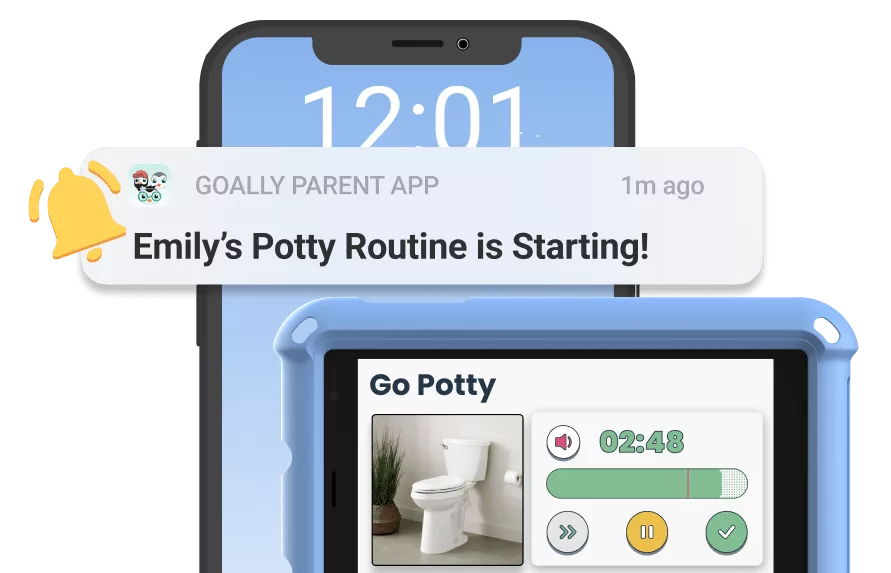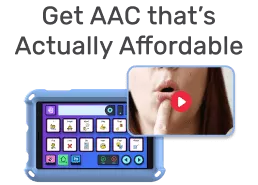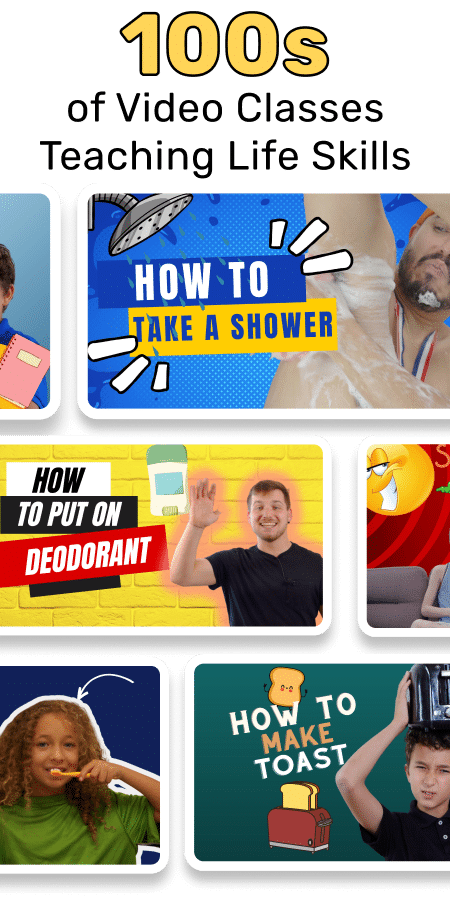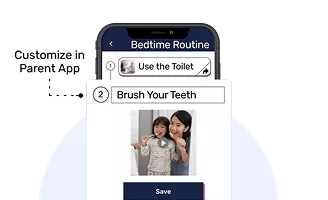The opposite action worksheet is a powerful tool for helping kids manage emotions by taking actions that counteract their initial reactions. This guide explains how to use it for better emotional regulation.
Key Takeaways:
- Opposite action helps kids respond constructively to intense emotions.
- Worksheets provide visual guidance and practical application for emotional control.
- Suitable for neurotypical, neurodivergent, and kids with learning differences.
What is an opposite action worksheet? An opposite action worksheet is a tool that helps children manage their emotions by encouraging them to take actions opposite to their initial impulsive responses. By identifying their emotions and learning alternative actions, kids can develop healthier emotional regulation skills, enhancing their ability to handle challenging situations. This approach is beneficial for children of all ages, fostering emotional intelligence and resilience.
Table of Contents
Emotions and Breakthroughs
Firstly, it’s important to recognize that emotions, even intense ones, are not unwelcome intruders. Rather, they are essential components of the human experience, offering critical insights into our needs, desires, and responses to our surroundings. However, they can occasionally overwhelm us (and our children) with their intensity.
When Emotions Spiral
For instance, let’s consider the tumbles of frustration. We’ve all seen the impromptu meltdown in the middle of the supermarket. That is to say, frustration can quickly escalate into a full-blown tantrum. In such instances, our knee-jerk reaction might be to discourage these displays of emotions. But what if we could teach our kids to handle these emotions more effectively?

Read more: Free Printable Emotional Regulation Worksheets
How Opposite Actions Work
Here’s where the power of opposite action comes into play. This strategy is not about suppressing emotions but recognizing them and taking actions that combat their negative influences. For example, when frustration builds, the natural impulse might be to throw a fit or give up. On the other hand, the opposite action might be to take a deep breath, count to five, and try again.
Why Does this Work?
Firstly, we understand that managing emotions can be complex for kids. Secondly, kids’ emotions are raw and unfiltered, leading to outbursts. On the other hand, the opposite action technique equips them with an alternative strategy for dealing with high emotions. A tool, if you would.
Implementing the Opposite Action Strategy
We’ve gathered some effective ideas for incorporating this strategy with your kid, regardless of whether they are neurotypical, neurodivergent, or a kid with thinking and learning differences.
Using our Opposite Action Worksheet
Our downloadable opposite action worksheet isn’t a one-size-fits-all model imposed on families. Instead, it’s a tool you can adapt and personalize to suit you and your child’s needs. Ultimately, the goal is to provide kids with a strategy to handle intense emotions more effectively and autonomously.
1. Identify the Emotion
Start by helping your kid recognize the emotion they are feeling. Are they angry? Are they sad? Pinpointing the emotion sets the foundation for the opposite action strategy.
2. Understanding Actions Driven by Emotions
In other words, kids must understand how emotions directly affect their actions. Making this connection can help them grasp the importance of managing their emotions effectively.
3. Teach the Opposite Action
Once they identify their emotion and its prompt action, teach them the opposite action. Remember, practice makes perfect. Over time, this will become second nature to them.

Read more: Managing Emotions Worksheet | Free Printable
Benefits of an Opposite Action Worksheet
Meanwhile, let’s not forget about our opposite action worksheet. Why would you want to use one, and most importantly, how does it benefit your child?
- Visualization: Visuals are a powerful learning and engagement tool, especially for children. For instance, worksheets help kids see how to act oppositely to their initial emotional reaction.
- Practical Application: Worksheets, like the downloadable PDF later in this post, walk kids through the opposite action process. Consequently, they gain hands-on experience, which deepens their understanding.
Tired of Emotional Meltdowns?
Goally’s Mood Tuner app has activities for kids with BIG emotions. Teach kids how to tune their mood with Goally. See fewer meltdowns.
The Mood Tuner app encourages kids to look inwards and identify their feelings, helping them understand what’s going on inside. Once they’ve recognized their emotions, they can choose from a 20+ activities designed to help them self-regulate and find their balance.
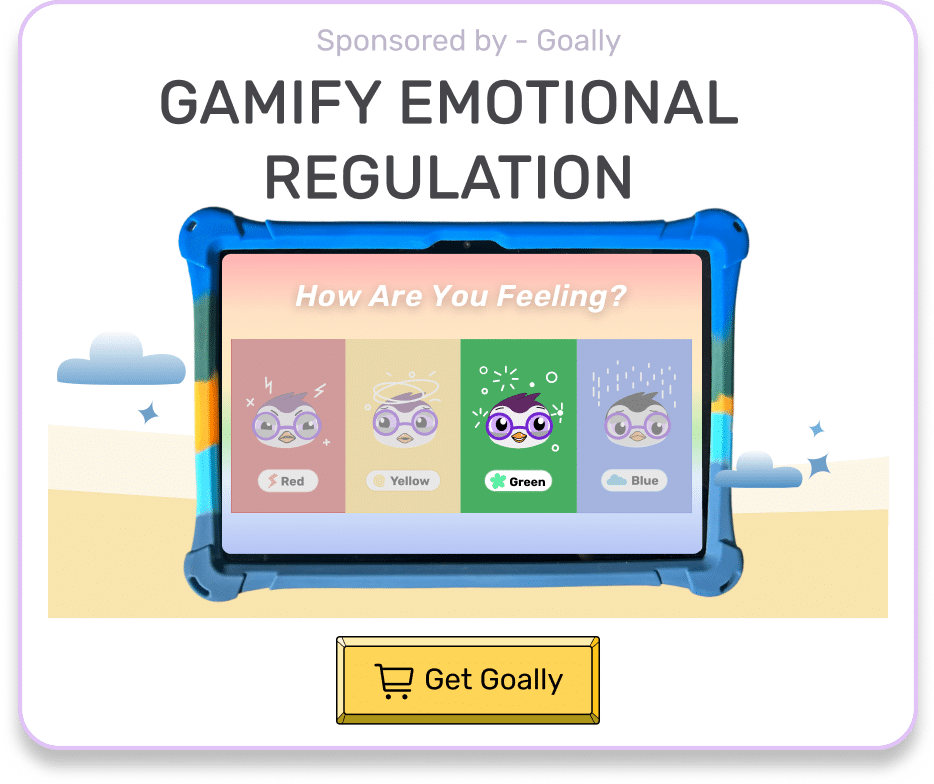
While emotions can be challenging to manage, an opposite action worksheet can assist your child in handling their emotions with greater skill. This strategy not only promotes emotional intelligence in children but also provides them with the necessary tools to navigate difficult situations. In essence, it supports both your child’s development and your role as a parent. Therefore, obtain your free worksheet and observe how your child improves in emotional regulation.
Helpful Resources
FAQ About Opposite Action Worksheets
What is an opposite action worksheet?
An opposite action worksheet is a helpful tool that assists children in managing emotions by encouraging them to take actions opposite to their initial instinctive response.
How can parents use the opposite action worksheet for their children?
Parents can use the worksheet to guide their children in identifying emotions and learning how to respond to them in ways that are constructive and beneficial.
How does the opposite action worksheet aid in emotional regulation?
It introduces the concept of counteracting potent emotions with opposite actions, promoting healthy emotional responses and self-regulation abilities.
Is the opposite action worksheet suitable for all ages?
While it's particularly beneficial for children and teenagers, the worksheet can be adapted for use by individuals of all ages in managing their emotions.
This post was originally published on 07/24/2024. It was updated on 08/28/2024.

Hennah is an experienced writer and researcher, helping children with autism, ADHD, and other neurodivergent conditions. As a blog contributor for Goally, she combines her deep understanding of neurodiversity with practical advice, offering valuable insights to parents and educators.

